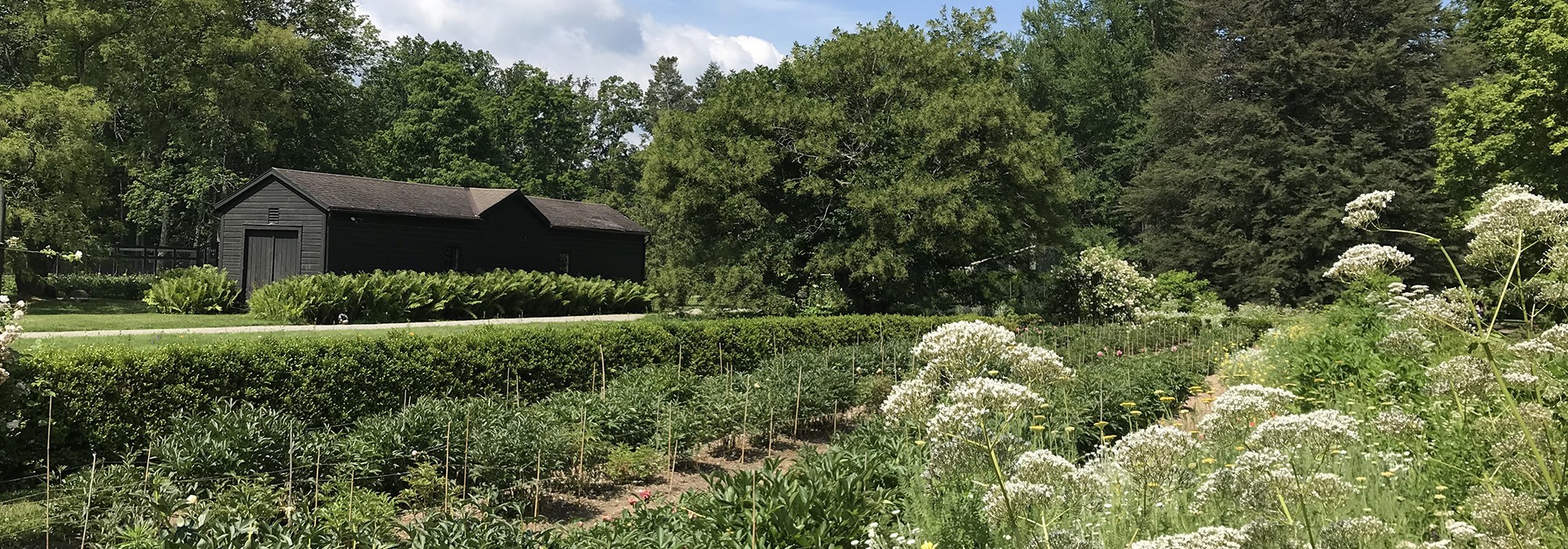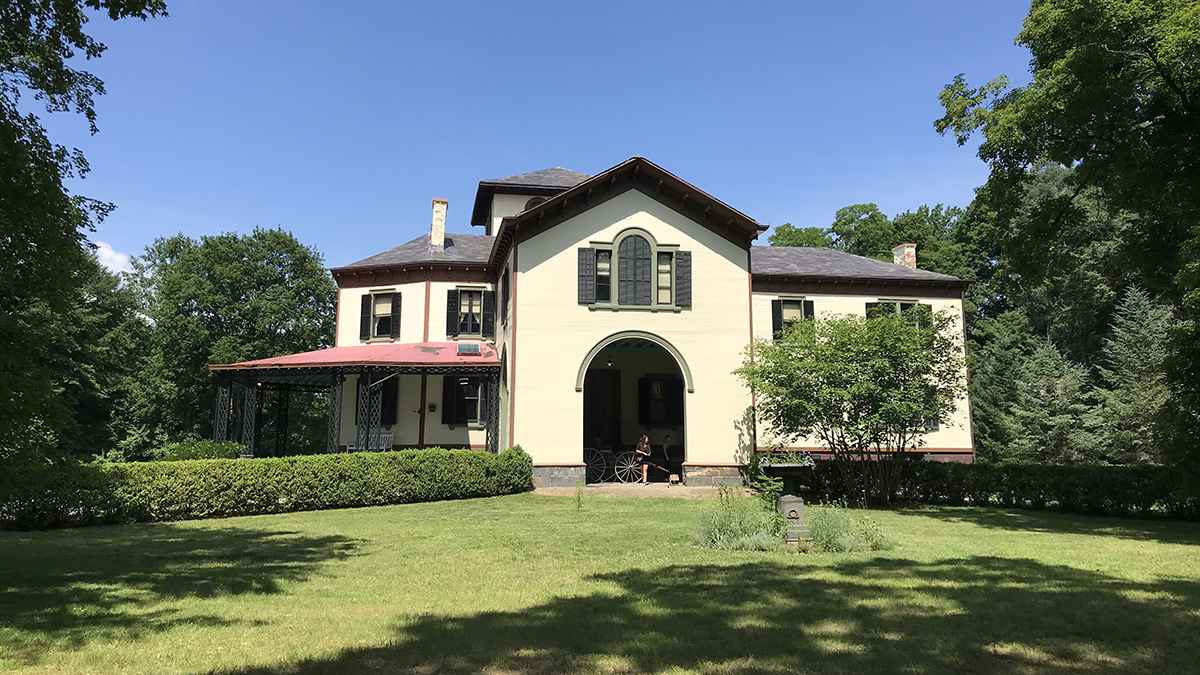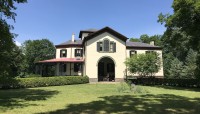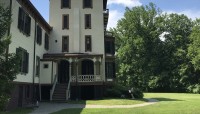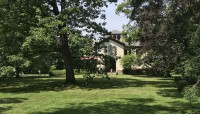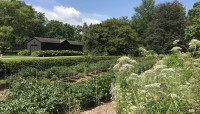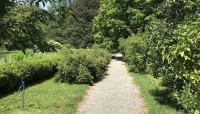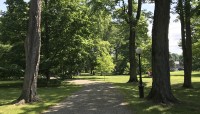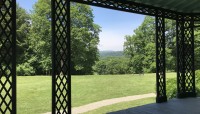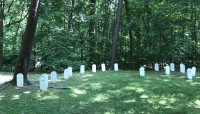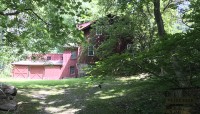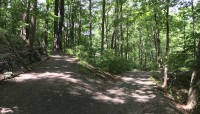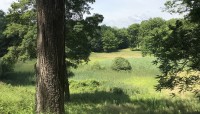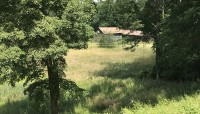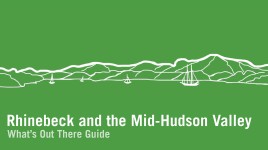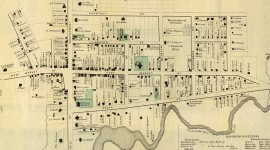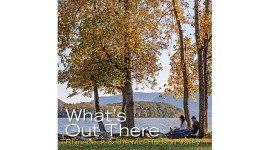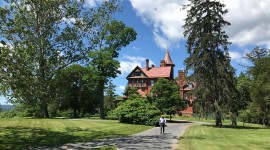Landscape Information
Encompassing 200 acres of varied topography, this property is situated between the eastern shore of the Hudson River and Route 9, including a 76-acre parcel transformed by Samuel Morse between 1850 and 1872. An Italianate residence, designed by Morse and architect Alexander Jackson Davis in 1851, sits atop a relatively level terrace on a bluff. During his tenancy, Morse transformed the estate from a working landscape to an ornamental one, returning agricultural fields to woodlands, while maintaining others as pastures and meadows to be viewed from the residence’s spacious porch and adjoining lawn.
In 1900 the property was acquired by William and Martha Young, who planted hundreds of trees, including pine and hemlock, along the property’s perimeter and engaged landscape architect Daniel Langton to design a pond west of the house. Beginning in the 1920s formerly cleared areas of riverfront were allowed to return to forest. Though much second-growth forest remains, a narrow corridor has been cleared, offering a limited river view.
Open to the public in 1979, the site is accessed from Route 9, south of an extant but now gated looped entry drive. From the parking area, designed by landscape architect Robert Toole, a path skirts the shaded north façade of the visitor center, where it meets a perpendicular, crushed stone path. The path frames a rectilinear garden that includes turf paths and ordered rows of perennials and roses. An expansive lawn extends south, featuring a fenced, L-shaped garden recalling former kitchen gardens maintained by the Young family. To the north, the original entry drive encircles a lawn fronting the residence. Specimen trees, such as oak and beech, screen the residence from views of Route 9. Additional paths lead north of the house, past outbuildings and a pet cemetery established by the Youngs, meeting a five-mile network of footpaths and former carriage trails that descend through woodlands towards the river.
The site, designated a National Historic Landmark in 1964, is managed by the non-profit Locust Grove Estate and located within the Hudson River Valley National Heritage Area.



